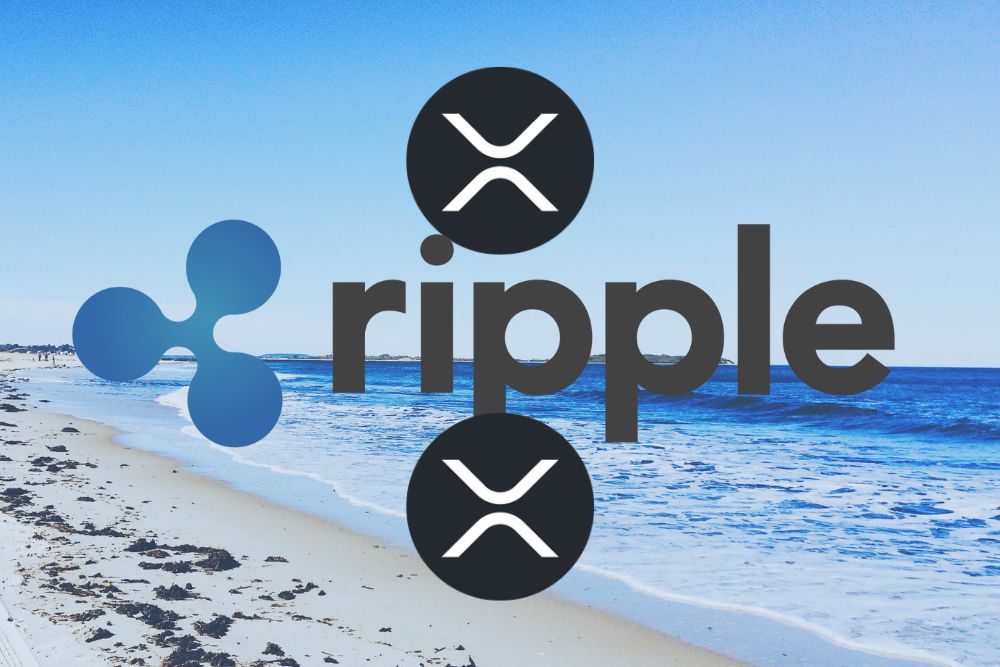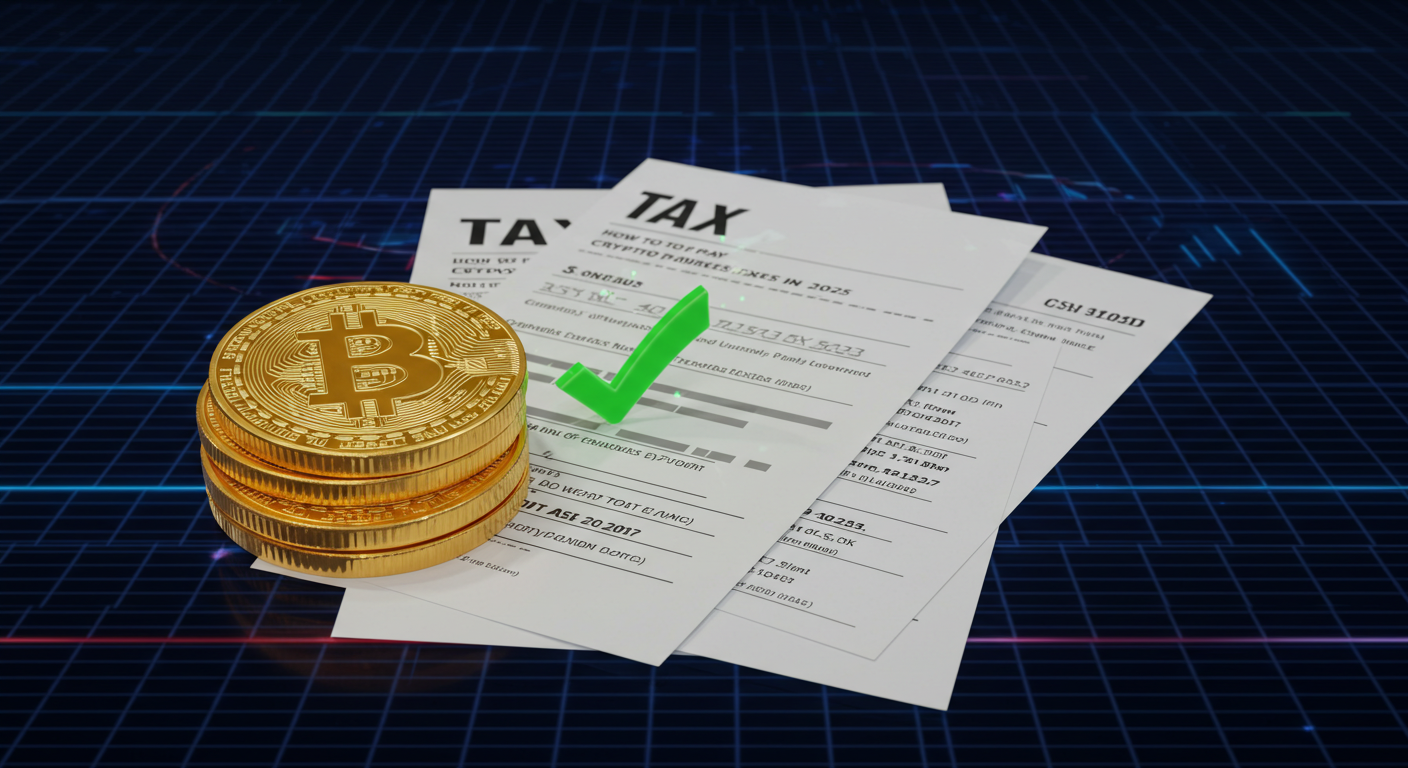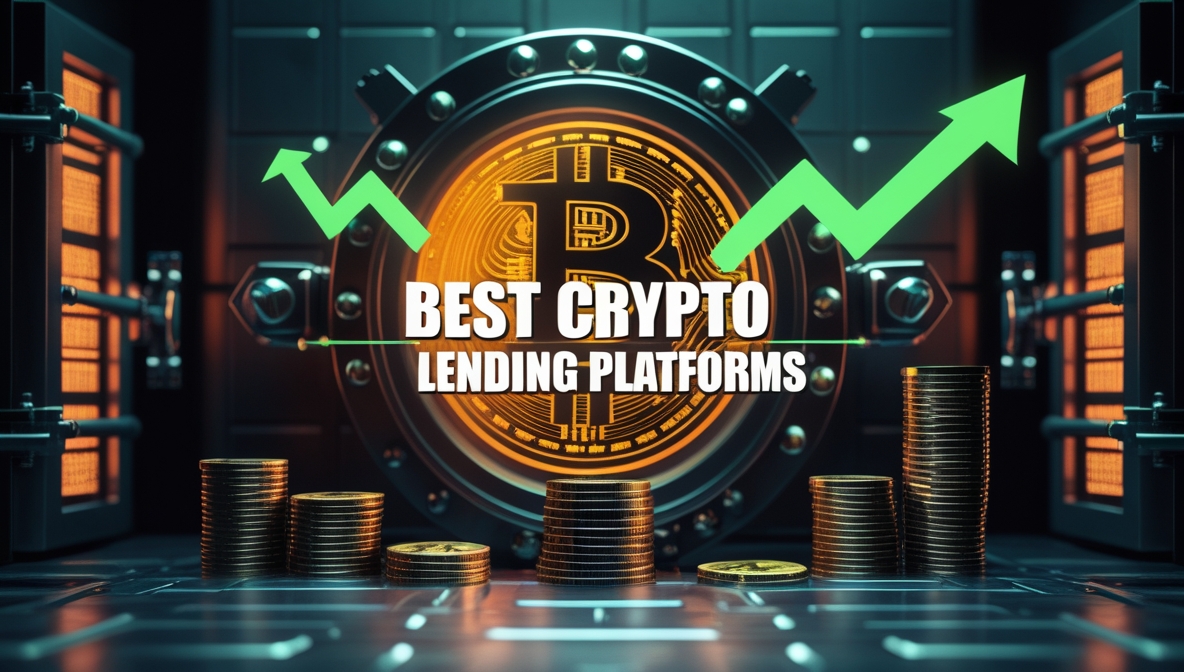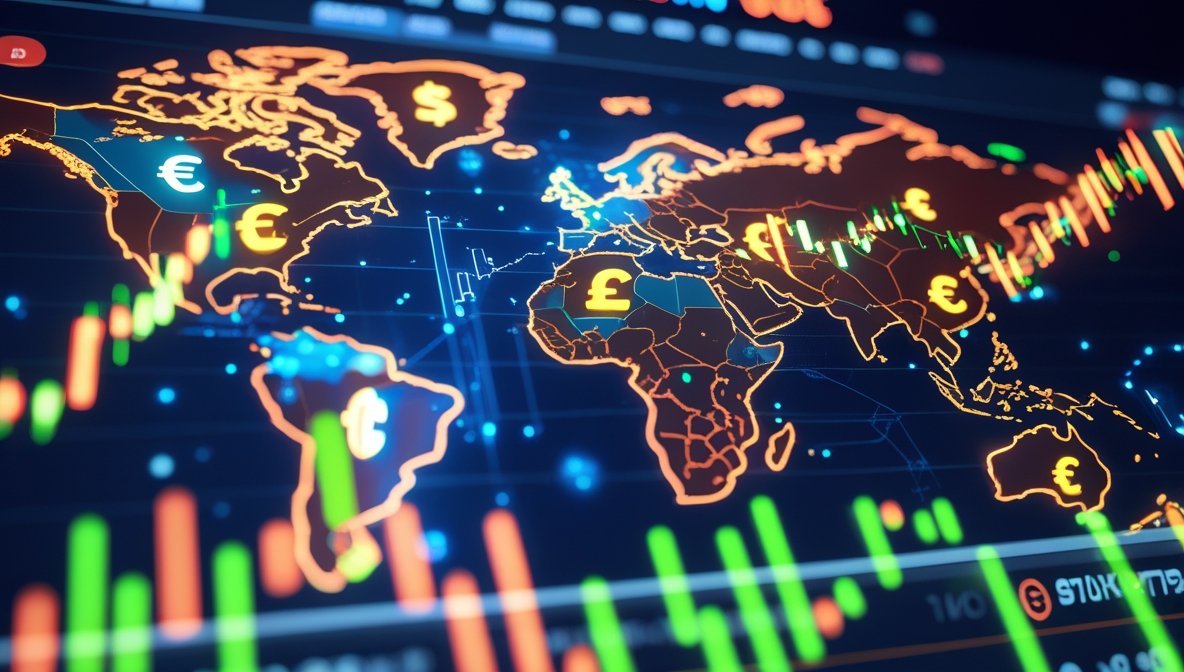Ripple’s Recent Move Raises Big Questions About XRP Escrow Ownership
The crypto world is once again buzzing around Ripple Labs after a surprising new development that’s left investors and analysts asking tough questions about who really controls the massive XRP escrow holdings.
According to multiple reports, Ripple is preparing to raise nearly $1 billion and not in U.S. dollars or venture capital, but to buy XRP tokens for its own digital asset treasury. That might sound routine, but there’s one big catch: Ripple already holds more than 37 billion XRP locked in escrow. So, why is the company raising money to buy what it seemingly already owns?
Let’s break down what’s happening, why it matters, and what it could mean for XRP holders.
The Escrow Mystery: What’s Really Going On?

Ripple’s XRP escrow has always been a topic of debate. The company set it up years ago to bring transparency and stability to its token release schedule. Each month, 1 billion XRP is unlocked from escrow, and whatever remains unused is rolled back into new escrow contracts. The idea was to show the market that Ripple wouldn’t flood circulation or manipulate supply.
Today, Ripple’s escrow still holds tens of billions of XRP roughly 35% of the total token supply. On paper, that sounds like a huge reserve. But this new move to buy XRP using external funds is raising eyebrows.
Why would Ripple need to spend $1 billion buying XRP if it already has such a large stash?
That simple question has opened up a wave of speculation.
Possible Reasons Behind Ripple’s Move
1. Locked or Committed Tokens
Some analysts believe that much of Ripple’s escrowed XRP is already committed to partnerships or institutional programs. If that’s the case, Ripple may not have full control over those funds and meaning it can’t freely use them for new treasury or liquidity initiatives.
2. Regulatory and Legal Restrictions
Ripple has been involved in a long and complex legal battle with the U.S. Securities and Exchange Commission (SEC). Although much of that has now been settled, it’s possible that part of Ripple’s escrowed assets are restricted due to compliance or settlement agreements, limiting how or when they can be accessed.
3. Strategic Treasury Planning
Another angle: Ripple could be restructuring how it manages its holdings. By buying XRP from the open market, Ripple might be trying to create a more flexible treasury separate from the long-term escrow accounts allowing it to respond faster to business opportunities, partnerships, or institutional demands.
What This Means for XRP Investors
Potential Positives
- Confidence in XRP’s Future: Ripple buying XRP instead of selling it shows long-term confidence in the token’s value and utility.
- Reduced Circulating Supply: If the purchased XRP is locked up in Ripple’s treasury, it could reduce available supply and move that might support price stability.
- Institutional Appeal: Transparency around how Ripple manages its assets could improve institutional trust and attract new partnerships.
Risks and Concerns
- Transparency Issues: If Ripple doesn’t clarify which escrow tokens are free versus restricted, investor trust could take a hit.
- Regulatory Risk: The move could draw new questions from regulators if it hints at hidden obligations or unclear ownership structures.
- Market Impact: Large-scale buying or selling always impacts liquidity and sentiment, especially for a token with such a significant corporate holder.
A Shift in Strategy?
Ripple’s decision to raise capital to buy XRP suggests that something fundamental is changing in how it manages the ecosystem.
It may be preparing for an era where XRP becomes more than just a cross-border payment tool perhaps a strategic digital reserve asset for financial networks.
If that’s true, Ripple’s treasury plan could be part of a long-term move to position XRP as a foundational asset in the broader world of blockchain-based finance.
Still, the unanswered question remains:
Does Ripple truly own all the XRP in escrow or are some of those billions already spoken for?
Until Ripple provides clear answers, the community will keep watching every escrow release and transaction closely.
Ripple’s recent move has sparked one of the biggest debates in the XRP community this year. While some see it as a bullish sign of corporate confidence, others view it as a red flag and a signal that not everything in the escrow vault is fully under Ripple’s control.
Regardless of which side you’re on, one thing is clear: transparency will be key going forward.
Crypto markets thrive on trust and clarity, and Ripple’s next steps could either strengthen XRP’s position as a leading digital asset or reopen old concerns about centralization and control.
For now, the world is watching and every XRP holder is hoping Ripple’s next move brings more clarity than confusion.




